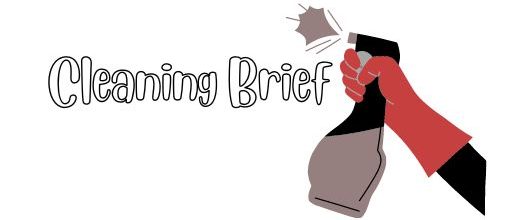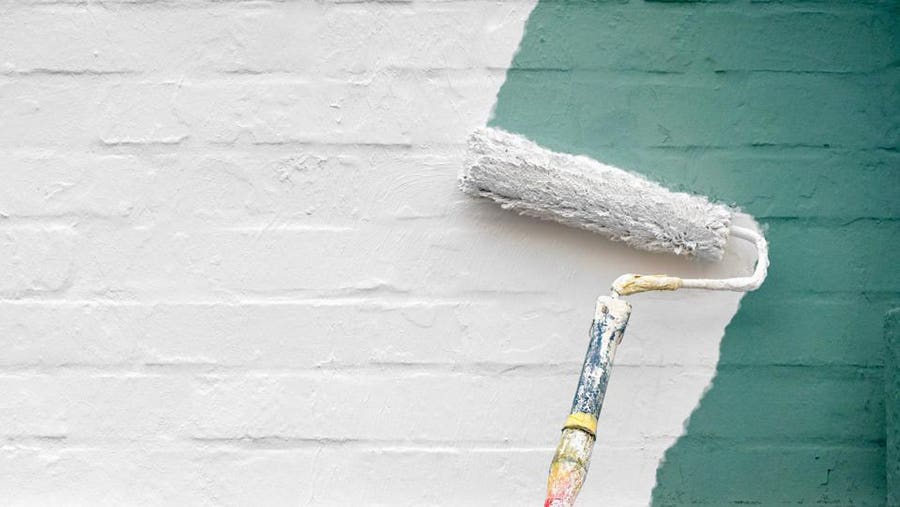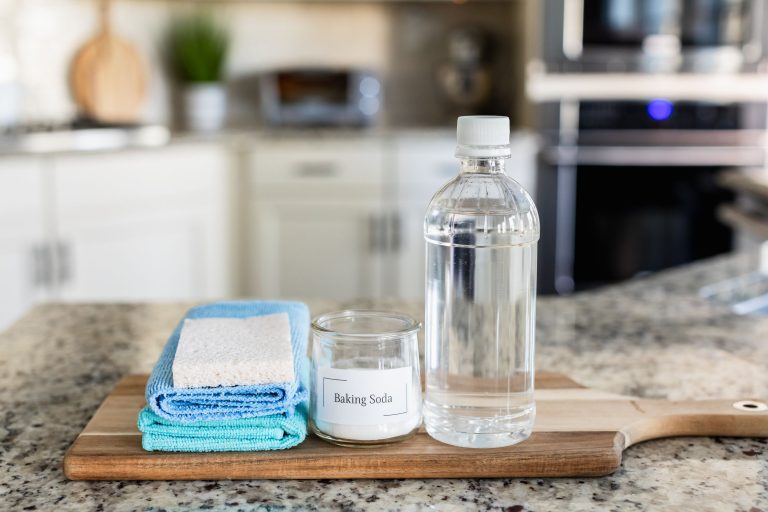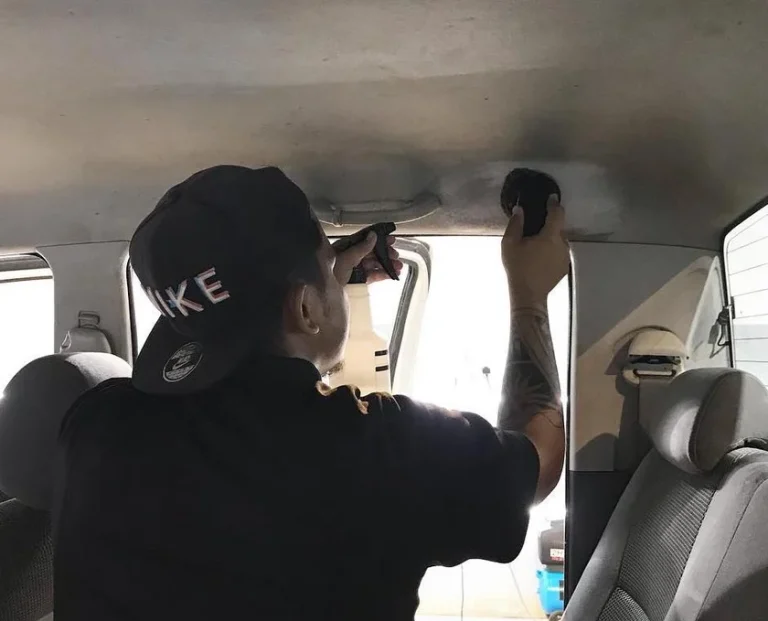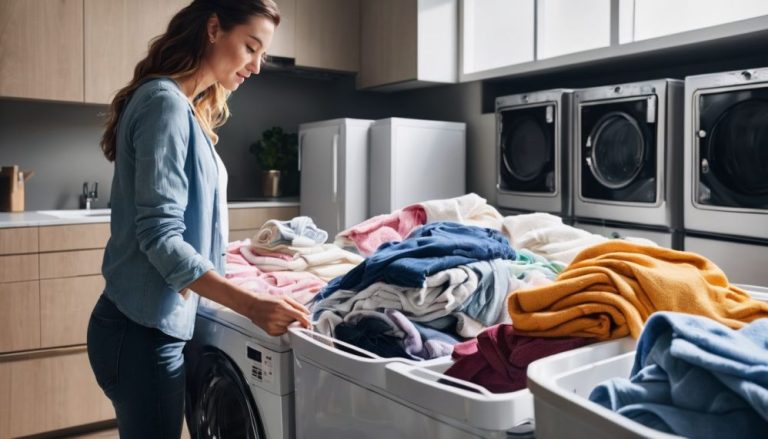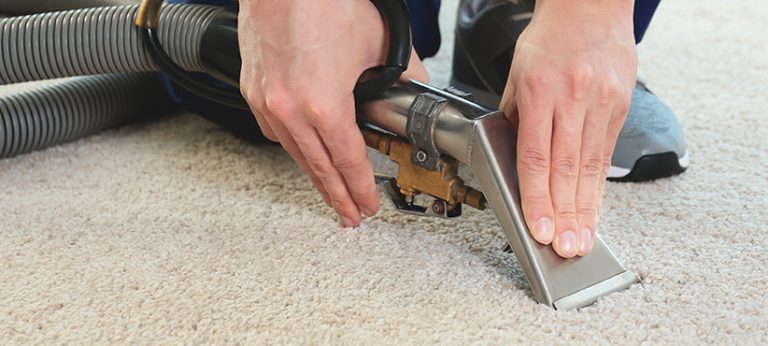How to Clean White Mold: Ultimate Guide for a Mold-Free Home
To clean white mold, use a mixture of bleach and water in a spray bottle and scrub the affected area thoroughly. White mold can be unsightly and potentially harmful if left untreated.
In this guide, we will discuss an effective method for cleaning white mold from surfaces using a simple bleach and water solution. This method is easy to follow and can help you eliminate white mold and prevent its recurrence. By providing step-by-step instructions and important safety precautions, we will ensure that you have all the information you need to successfully clean white mold and maintain a healthy environment in your home or workplace.
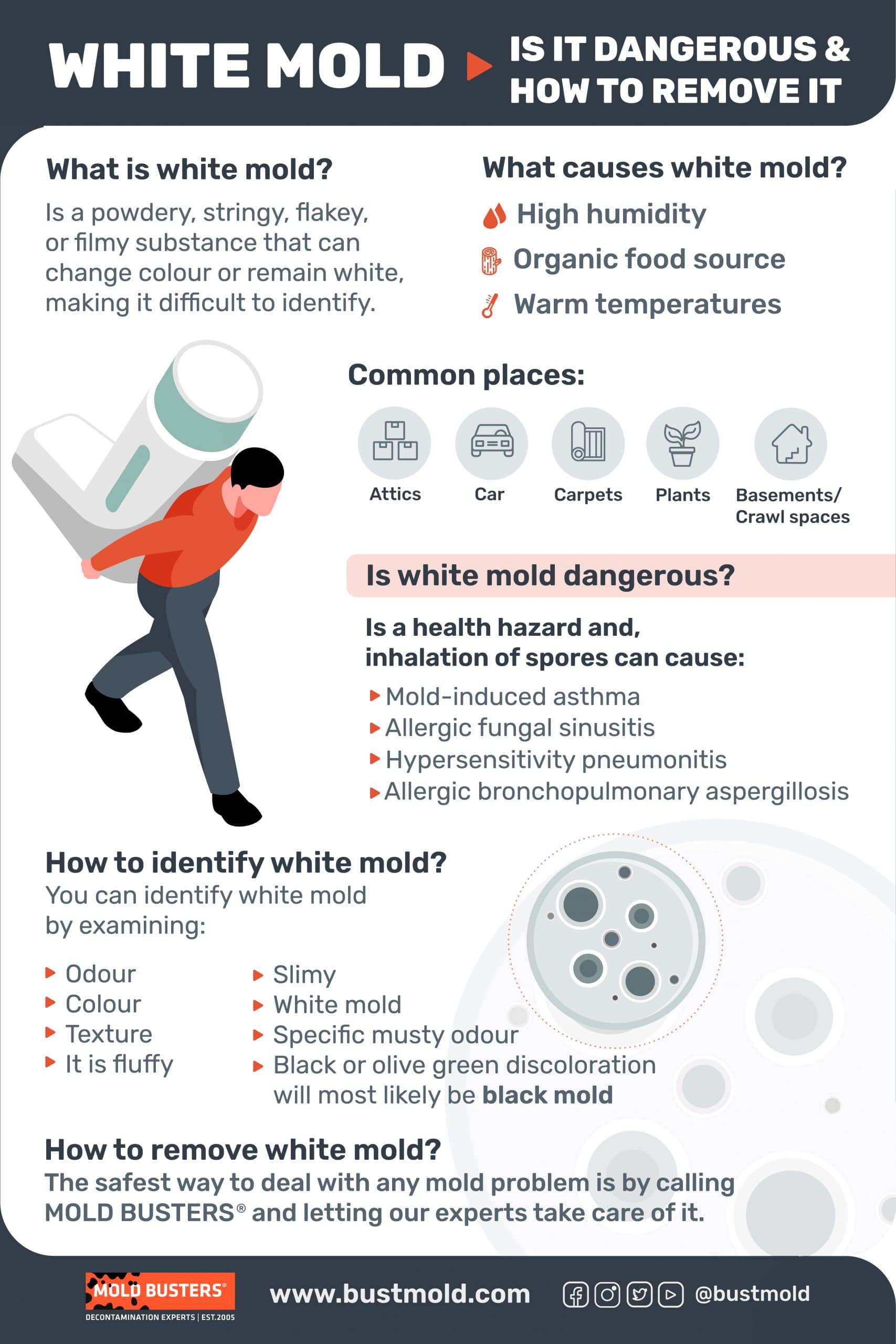
Credit: www.bustmold.com
Identifying White Mold
When it comes to mold, identifying the type of mold is crucial in determining the best course of action for cleaning and removing it. In the case of white mold, being able to recognize its presence is essential for effective cleanup. In this section, we will discuss the common signs of white mold and where to look for it.
Common Signs Of White Mold
If you notice any of the following signs, it could indicate the presence of white mold:
- White, fluffy patches or powdery substance on surfaces
- Musty odor, especially in damp or humid areas
- Allergic reactions such as sneezing, coughing, or respiratory issues
These signs may suggest that white mold is lurking in your home, and immediate action is necessary to prevent further growth and potential health risks.
Where To Look For White Mold
White mold can thrive in various areas of your home. It can appear on different surfaces, so it’s important to know where to look. Here are some common places to check:
- Basements and crawl spaces: Check areas with poor ventilation and high humidity levels.
- Bathrooms: Pay attention to areas with excess moisture, such as around sinks, tubs, and showers.
- Attics: Inspect insulation, roof leaks, or areas with insufficient ventilation.
- Kitchens: Overlooked areas like under sinks and behind appliances.
- Laundry rooms: Especially around washing machines and dryers.
By being vigilant and regularly inspecting these areas, you can catch white mold early and take appropriate measures to eliminate it.
Health Implications Of White Mold
Discovering white mold in your home can be a cause for concern, not only due to its unsightly appearance but also because of the potential health risks it poses. The presence of white mold can affect the air quality in your home, leading to various symptoms and health issues if not properly addressed. In this section, we will explore the potential health risks associated with white mold and the common symptoms you may experience if exposed to this type of mold.
Potential Health Risks
Exposure to white mold can have several negative impacts on your health. When mold spores are inhaled, they can trigger respiratory problems, allergies, and even infections. The potential health risks of white mold include:
- Respiratory issues: White mold spores can irritate your airways, leading to symptoms such as coughing, wheezing, and difficulty breathing.
- Allergic reactions: Some individuals may develop allergic reactions to white mold. Symptoms can range from mild to severe and may include sneezing, itching, watery eyes, and skin rashes.
- Weak immune system: White mold exposure can weaken your immune system, making you more susceptible to infections and respiratory illnesses.
- Mycotoxicosis: In rare cases, prolonged exposure to white mold can lead to mycotoxicosis, a toxic response in the body caused by the mycotoxins produced by certain molds. Symptoms of mycotoxicosis can vary and may affect multiple organ systems.
Symptoms Of Exposure To White Mold
Recognizing the symptoms of exposure to white mold is crucial in identifying and addressing the problem promptly. Keep in mind that individuals may react differently to mold exposure, and symptoms can vary widely. Common symptoms of white mold exposure include:
- Respiratory distress, such as coughing, sneezing, and shortness of breath.
- Allergic reactions, manifesting as recurrent nasal congestion, itching, runny nose, and watery eyes.
- Frequent headaches, dizziness, and fatigue.
- Irritation of the skin, throat, or eyes.
- Worsening of pre-existing respiratory conditions, such as asthma.
If you experience any of these symptoms and suspect white mold as the underlying cause, it is important to take appropriate action to identify and remove the mold from your environment. Seeking professional help for thorough cleanup and remediation is often necessary to eliminate the mold and mitigate its impact on your health.
Now that you understand the potential health risks and symptoms associated with white mold exposure, let’s move on to exploring effective methods for cleaning white mold and preventing its recurrence.
Preventing White Mold
Preventing white mold growth is crucial to maintaining a healthy environment and preventing property damage. By implementing proactive measures, you can effectively minimize the risk of white mold infestation and protect your home or business. Focus on controlling moisture levels and ensuring proper ventilation and air circulation to create an inhospitable environment for mold growth.
Controlling Moisture Levels
Maintain indoor humidity levels below 50% to inhibit mold growth. Utilize dehumidifiers in damp areas such as basements and crawl spaces. Fix plumbing leaks promptly and ensure proper drainage around the foundation of your building.
proper Ventilation And Air Circulation
- Open windows and doors regularly to promote air circulation.
- Use exhaust fans in kitchens, bathrooms, and laundry areas to expel moist air outside.
- Regularly inspect and clean HVAC systems to prevent moisture buildup.
Removing White Mold
White mold can be a persistent and unsightly problem that needs to be addressed promptly. Not only can it affect the appearance of your home, but it can also pose a health risk to you and your family. In this section, we will discuss some safety precautions before cleaning white mold and effective cleaning techniques that can help you get rid of it for good.
Safety Precautions Before Cleaning
- Start by wearing protective clothing, including gloves, goggles, and a face mask, to minimize your exposure to mold spores.
- If the mold infestation is extensive, it is advisable to consider hiring a professional mold remediation specialist.
- Ensure proper ventilation in the affected area by opening windows or using fans to exhaust the air outside.
- Remove any household items or furniture from the affected area to prevent cross-contamination.
- Avoid using bleach as it may damage the surfaces and is not effective in killing mold spores.
Effective Cleaning Techniques
Now that you have taken the necessary safety precautions, it’s time to tackle the white mold in your home. Follow these effective cleaning techniques:
- Begin by lightly spraying the affected area with water to minimize the spread of mold spores.
- Next, use a stiff brush or scrubbing pad to remove the visible mold growth from the surface.
- Create a cleaning solution by mixing equal parts of vinegar and water. Vinegar is a natural and safe alternative to harsh chemicals.
- Dip a clean cloth or sponge into the vinegar solution, wring out the excess liquid, and gently scrub the moldy surface.
- Rinse the area with clean water and wipe it dry with a clean towel or cloth.
Remember to dispose of any moldy materials in sealed plastic bags and clean your tools thoroughly after each use to prevent spreading the mold further.
By following these safety precautions and using effective cleaning techniques, you can successfully remove white mold from your home. Regular inspections and maintaining a clean and dry environment will help prevent future mold growth. Keep your home safe, healthy, and mold-free!
Maintaining A Mold-free Home
Regular inspections and preventive maintenance are crucial for keeping your home mold-free. By being proactive, you can address any potential issues before they become major problems. In this section, we will explore the importance of regular inspections and provide you with some useful preventive maintenance tips.
Regular Inspections
Frequent inspections allow you to identify and address any mold growth in its early stages. Since mold thrives in damp environments, it is important to
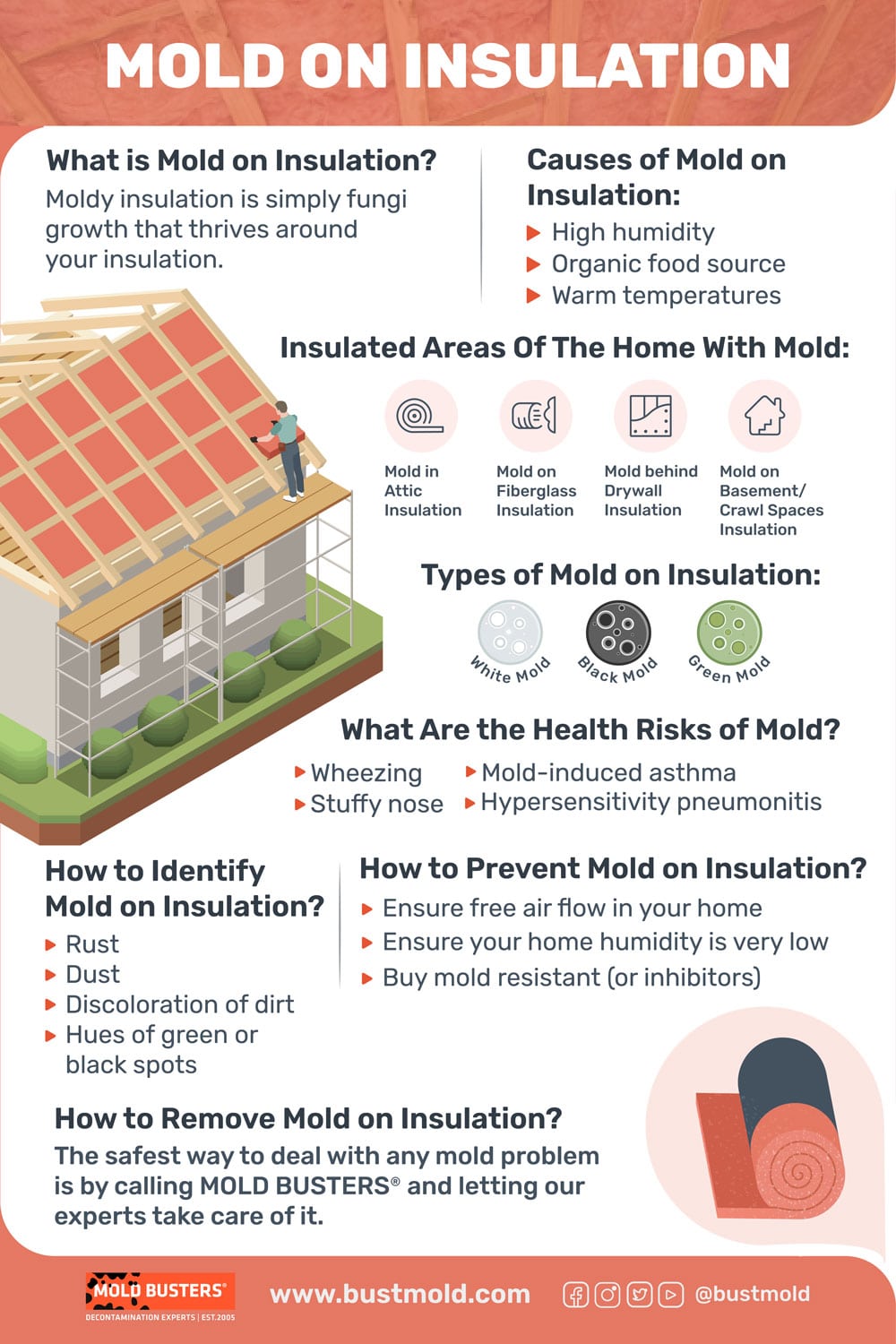
Credit: www.bustmold.com
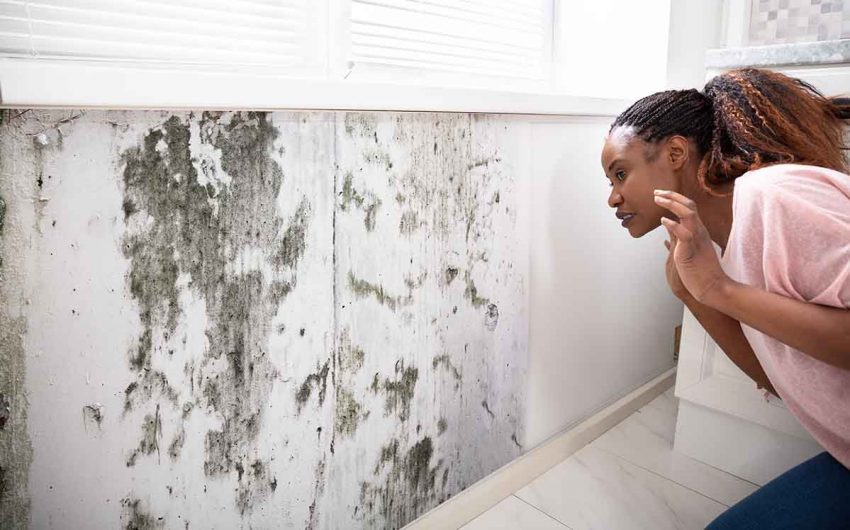
Credit: prohousekeepers.com
Frequently Asked Questions Of How To Clean White Mold
Q: What Is White Mold And Why Is It A Problem?
A: White mold is a type of fungus that grows on various surfaces, including walls and furniture. It can cause health issues like allergies and respiratory problems, making it a serious concern for homeowners.
Q: How Can I Identify White Mold In My Home?
A: White mold appears as a fuzzy white coating on surfaces, often accompanied by a musty odor. It thrives in damp environments, so look for it in areas with water damage or high humidity levels, such as basements, bathrooms, and kitchens.
Q: Is White Mold Dangerous To My Health?
A: White mold can release spores that can be harmful when inhaled or come into contact with the skin. Exposure to white mold can lead to allergies, respiratory issues, and other health problems, especially in individuals with pre-existing conditions or weakened immune systems.
Q: How Can I Clean White Mold Effectively?
A: To clean white mold, start by wearing protective gear such as gloves, goggles, and a mask. Use a solution of water and detergent to scrub the affected area, ensuring thorough cleaning. For severe cases, consult a professional mold remediation service to ensure complete removal.
Conclusion
Cleaning white mold is crucial for maintaining a healthy environment. By using natural remedies and protective gear, you can effectively remove white mold from your home. Regular inspection and maintenance are essential for preventing mold growth. Remember to address any water issues quickly to prevent future mold problems.
Keep your space healthy and mold-free with these simple steps.
